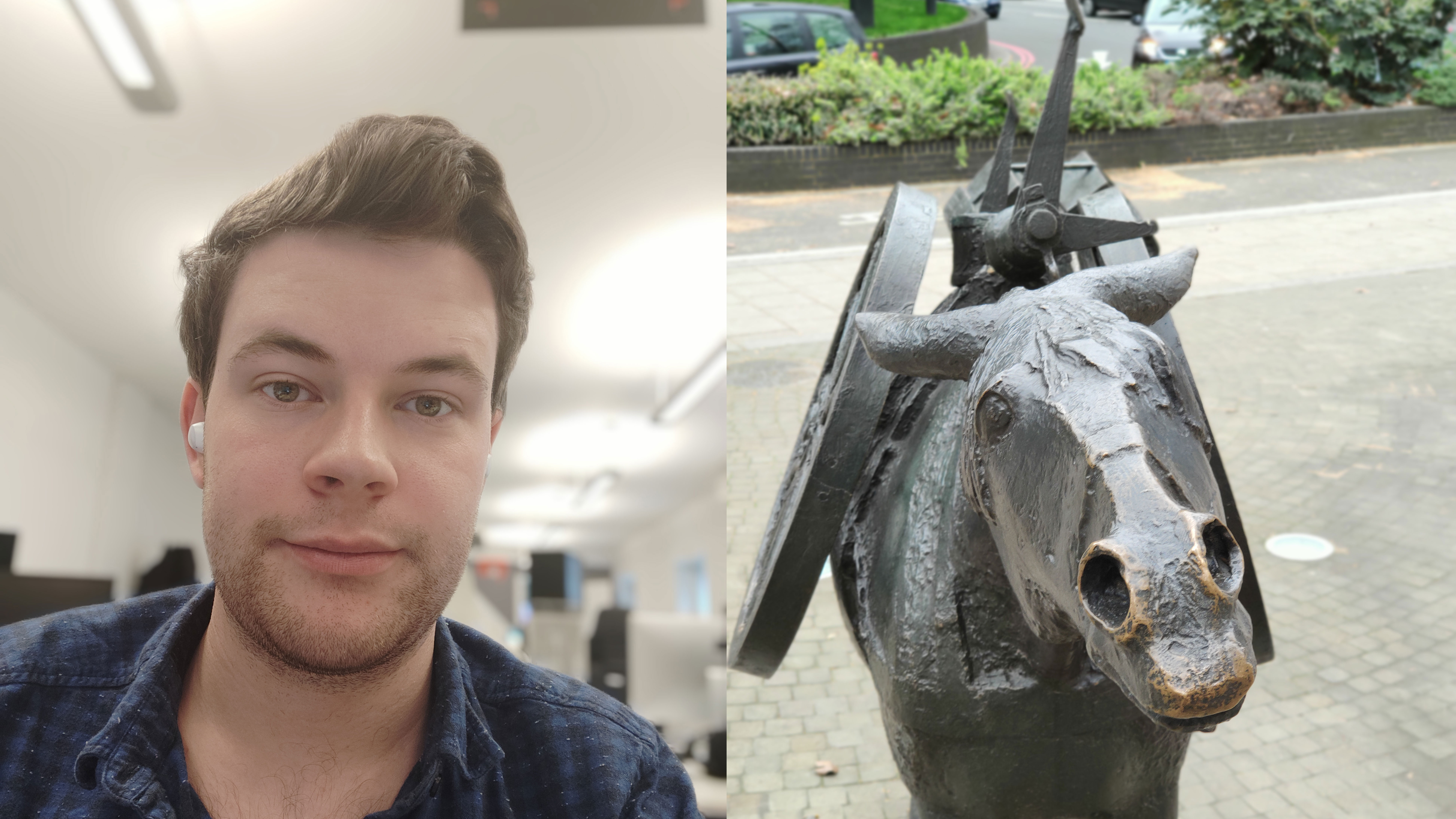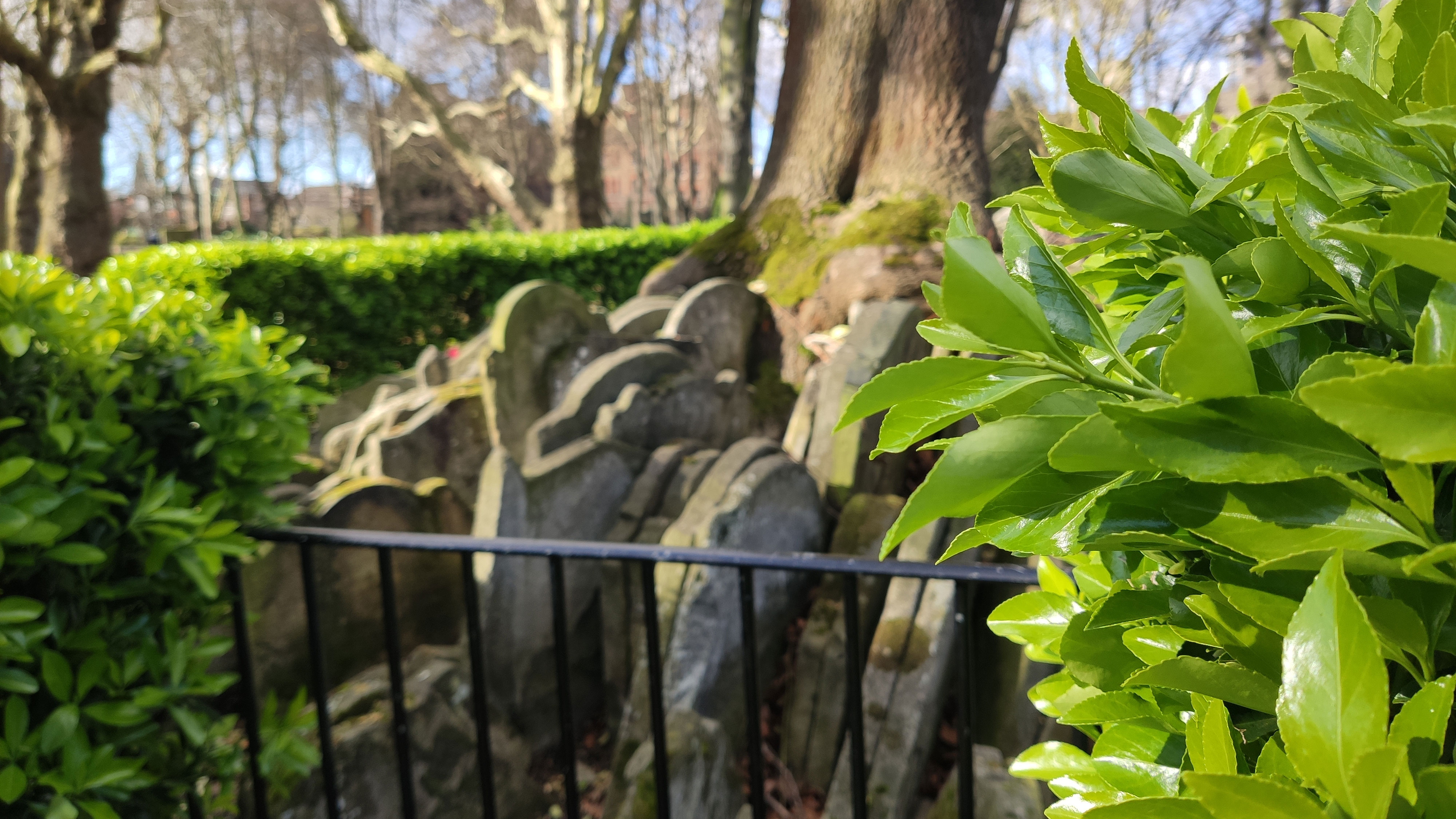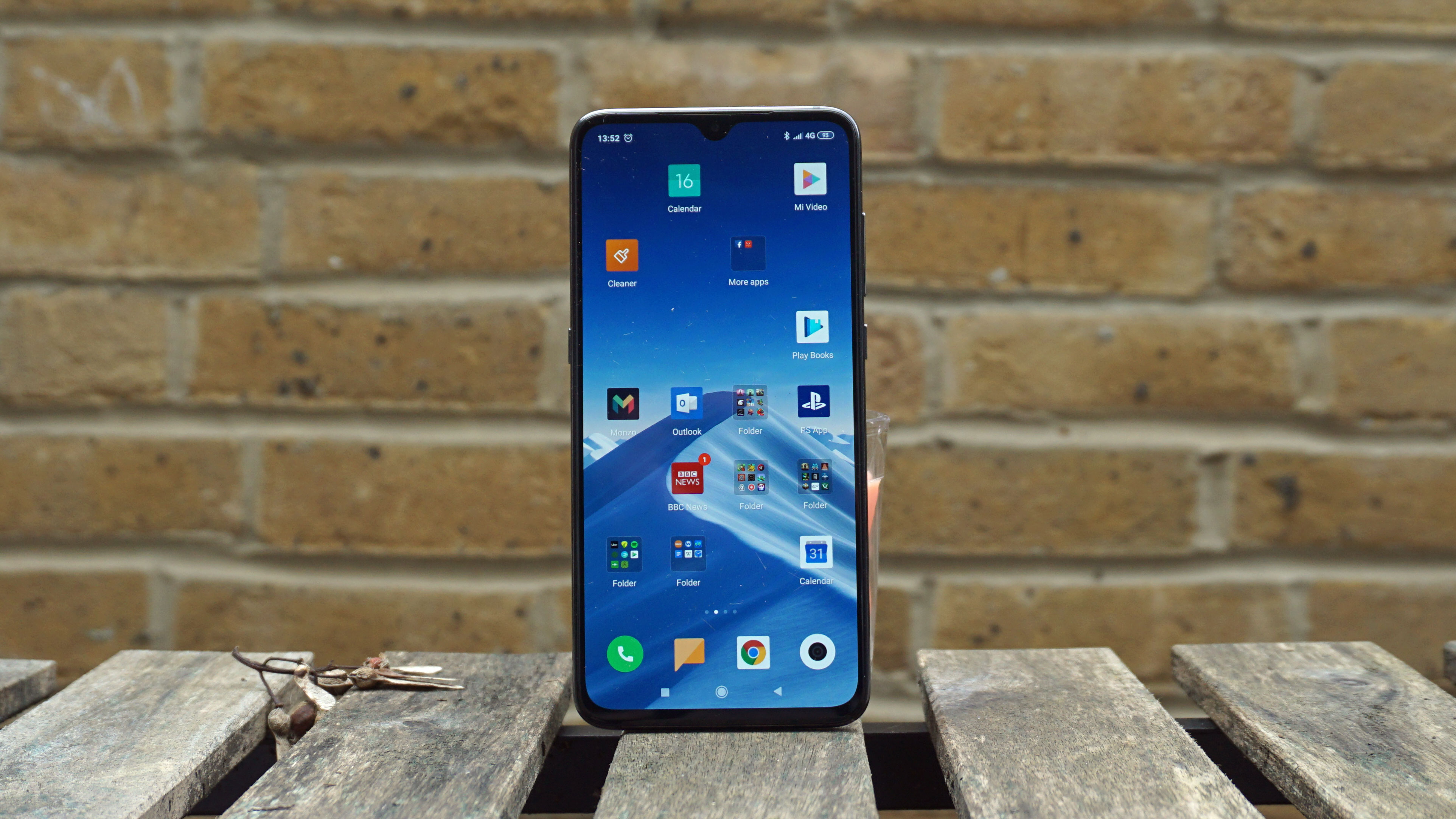Why you can trust TechRadar
Battery life
The Xiaomi Mi 9 doesn’t have the worst battery in the world, but at 3,300mAh it’s a little on the small side for a device with such powerful specs, and in practice we found it a little disappointing.
The battery level dropped quickly from moderate usage – scrolling through social media and checking the news on an hour-long commute used up between 10% and 20%, and the phone usually didn’t last a day without a top-up at some point.
Usually, games and movies drain a phone’s power quicker than normal use, but when playing high-end games and streaming shows on Netflix we didn’t notice a very significant change in how much battery was being burned.
When we put the Mi 9 through our battery test, which involves playing a 90-minute video on full brightness with accounts syncing over Wi-Fi in the background, the battery only dropped to 85%. That’s better than last year’s Samsung Galaxy S9, which ended on 84%, but not as good as the iPhone XS which only fell 11%.
We did find that the phone charged up incredibly fast – using the charger included with the phone it only took 45 minutes to get to 90%, although the charging speed dropped noticeably for the last 10%.
Wireless charging was equally impressive – with a 10W charger the handset reached 80% in just 30 minutes, and the Mi 9 supports up to 20W charging, which would power up the phone even faster.
Those are some impressive speeds, and went some way to offsetting how annoying it was to have to charge the phone frequently, but we’d rather the phone had a bigger battery so this wasn’t an issue.
Sign up for breaking news, reviews, opinion, top tech deals, and more.
Camera
The camera is one of the Xiaomi Mi 9’s key features, and it’s one of the strongest parts of the phone.
On the back are 48MP f/1.75 wide-angle, 16MP f/2.2 ultra-wide, and 12MP f/2.2 telephoto cameras, which combine to take pretty fantastic pictures, and which are complemented by a collection of AI features to help your photography. On the front there’s 20MP f/2.0 selfie camera, housed in the small 'teardrop' notch.


Pictures taken with the camera looked great, with colors rendered fantastically well – particular tones are boosted, especially reds and greens which appeared incredibly vibrant on screen.
The camera didn’t fare as well for low-light pictures, with quality suffering when there wasn’t much natural light, although colors were still boosted in these settings, creating some interesting-looking images. The Night camera mode fixed this somewhat, but pictures still didn’t look as good as we’d like.

One novel camera feature is the ultra-wide mode, which utilizes the 16MP ultra-wide angle lens, with its 117° field of view, to take panoramic pictures.
This was useful for certain shots, as it let us include more of our subjects in the frame, but the wider angle snapped meant the resulting images did seem a little squashed.

Perhaps the camera’s strongest feature, however, is its depth sensing, courtesy of the 12MP telephoto lens. It was quick to focus on subjects and accurately gauged depth to apply the correct amount of background blur, without even requiring you to select the bokeh or beauty modes the phone packs.
There’s also a manual focus mode, in which you tap on your subject on the screen to focus on it, and this too was quick and easy to use.
The front-facing camera was strong too, auto-focusing quickly with fair color accuracy, although unsurprisingly they’re not up to the standard of images taken with the primary camera.

There are a range of pre- and post-processing features, including beauty mode, which lets you add bokeh effects to pictures, smooth skin tones and add other flourishes, and Pro mode, which lets you take control of shooting settings like aperture and shutter speed.
These were both great to use – they let us fine tune our shooting to perfect when we needed to take artistic looking photos.
The rear camera also supports video recording up to 4K, which was a little hard to set up as the option was buried in menus.
Footage was high quality and was supported with image stabilization – the handset got quite hot the longer we recorded, but it didn’t affect performance – and we don’t expect many users to be filming in 4K for as long as we did.


Current page: Battery life and camera
Prev Page Introduction, availability and design Next Page Anything else I should know?
Tom Bedford joined TechRadar in early 2019 as a staff writer, and left the team as deputy phones editor in late 2022 to work for entertainment site (and TR sister-site) What To Watch. He continues to contribute on a freelance basis for several sections including phones, audio and fitness.
